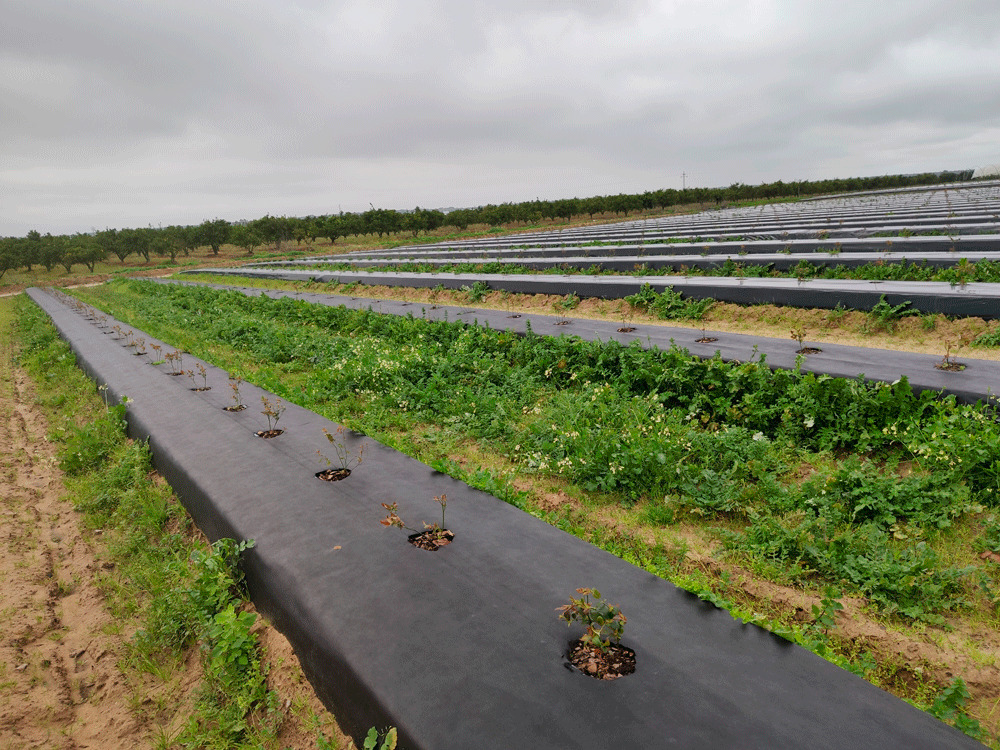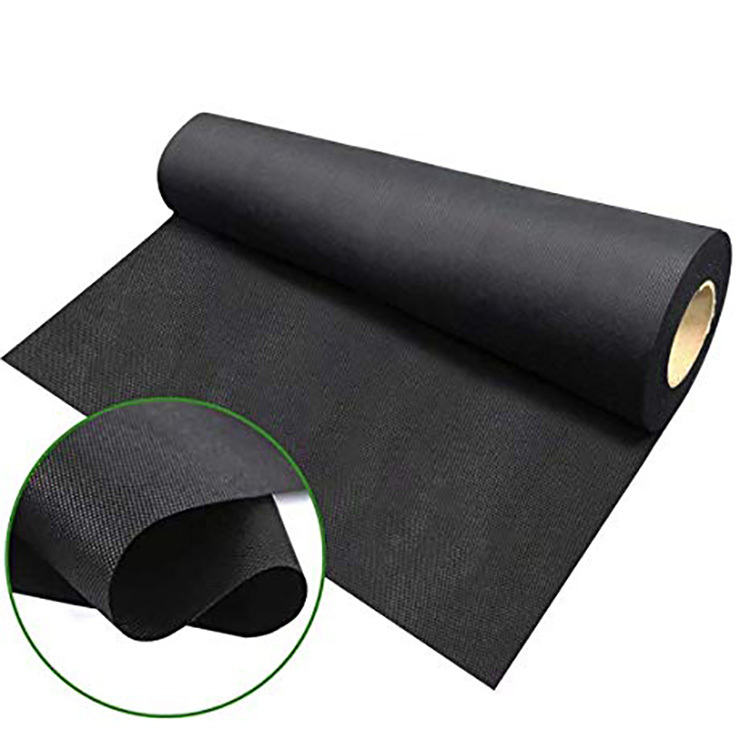
Non-Woven Industry DevelopmentNon-woven fabric is a product that came from the petrochemical industry after the development of plastic cloth (film). It is lighter than plastic cloth and offers greater ventilation. It is often employed in medical, sanitary and filter products, as well as in engineering applications such disposable napkins for sanitary use, facial towels and filters. Non-woven fabrics protect vegetables from damage caused by cold. While the manufacturing of non-woven fabrics is more complicated than plastic film, the fundamental ingredients are basically identical. This is the case with polyvinyl chloride (PVC), PE (polyethylene), EVA copolymer (Ethylene Vinyl Acetate), PVA/polyvinyl alcoholand many more. When you inflate a traditional plastic film using heat, it produces an extremely thin film. It is a continuous film, and it can stretch infinitely. The film is smooth and doesn't have pores. It is an impermeable film that blocks any movement or exchange of molecules. The market for textiles was growing rapidly and artificial chemical fibers made of the mentioned materials became popular. The chemical fibers, however can be converted into cloth by traditional warp-weft weaving. In contrast to traditional warp and weft processes non-woven materials are created by interweaving fibers from different directions. In comparison to traditional woven fabrics they have superior material properties, and its production process is able to go from raw materials to final products in one go. This is an alternative to weaving that involves drawing fibers. The past few years have seen the introduction of the widest range of non-woven fabric being utilized in the clothing industry. Due to advancements in the field of material research and the advancement of production technology, non-woven fabric has become more diverse and is being utilized more extensively. You can find the various products and materials in every day life. The use of non-woven textiles in agriculture has risen primarily due to their lightness, ease of production and diversity. See this non woven weed control fabric for more information.

Non-woven Fabrics are used in the Agricultural Industry. Non-woven fabrics first appeared in Europe in the year 1978. They were made to keep the carrots warm during the early stages of harvesting, and to prevent whiteflies as well as tomato leaf viruses. Non-woven textiles are used in the United States to mulch cantaloupes. Sweet peppers. tomatoes. Root vegetables. Carrots. Radishes. Cabbage. Lettuce. They are used for heat preservation, early harvesting, and for insect control. Non-wovens are a great way to cover grass-proof mats , and raise the temperature of soil. In order to ensure that roots fully absorb water, short fibers can also be used to create water-absorbing blankets. They are also able to be used as the base medium for turf production, or used directly as lawn grass for watering, drained, and even dividing the garden. They also serve to plant large woody plants, such as fruit trees and trees for gardens, preventing weeds and retaining moisture. Non-woven fabrics are widely utilized in Taiwan as crop covers. Non-woven fabrics are extensively used in large greenhouses for energy conservation and environmental protection. Double-layered canopy curtains and cover minimize solar radiation and heat dissipation in the evening. To protect and shade the bulbs of cauliflower, high-density non-woven spun-bonded TAVIK fabrics were employed. Its high shading capacity as well as its low thermal conductivity and ease of recyclability led to it becoming a preferred option for farmers. Then, it was used for the preservation of shade and the preservation of leafy vegetables, as in the cultivation and protection of pineapples and fruit trees. The growth of non-woven industries is slow because of Taiwan's unique climate and ecology. The Taiwanese manufacturers of nonwoven fabrics continue to develop nonwoven technologies. The focus of Taiwan manufacturing of nonwoven fabrics is water absorption, air permeability, and water repellency. The company has stepped up its research in order to enhance its capability to preserve and store agricultural products, and hopes it can develop new applications. See this agriculture non woven fabric for more info.
